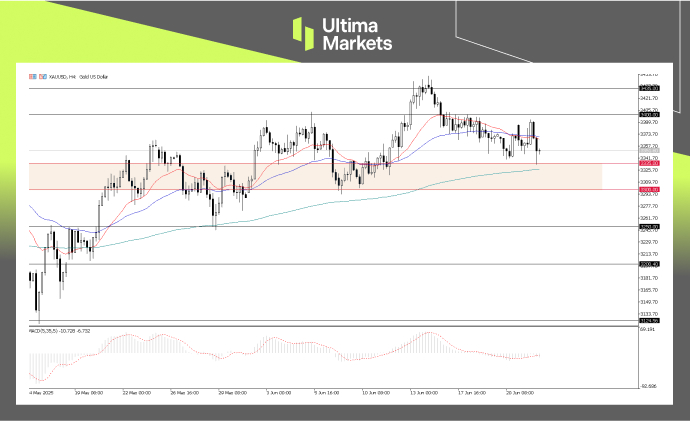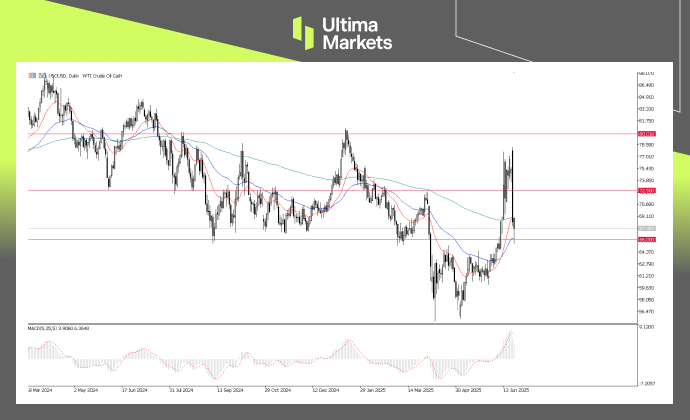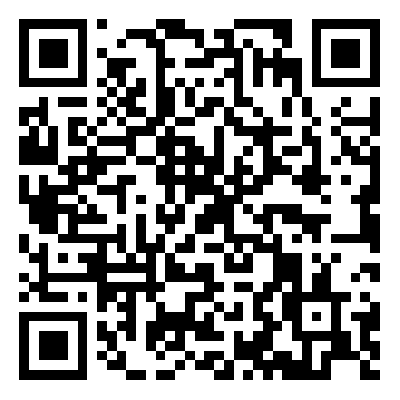Important Information
This website is managed by Ultima Markets’ international entities, and it’s important to emphasise that they are not subject to regulation by the FCA in the UK. Therefore, you must understand that you will not have the FCA’s protection when investing through this website – for example:
- You will not be guaranteed Negative Balance Protection
- You will not be protected by FCA’s leverage restrictions
- You will not have the right to settle disputes via the Financial Ombudsman Service (FOS)
- You will not be protected by Financial Services Compensation Scheme (FSCS)
- Any monies deposited will not be afforded the protection required under the FCA Client Assets Sourcebook. The level of protection for your funds will be determined by the regulations of the relevant local regulator.
Note: Ultima Markets is currently developing a dedicated website for UK clients and expects to onboard UK clients under FCA regulations in 2026.
If you would like to proceed and visit this website, you acknowledge and confirm the following:
- 1.The website is owned by Ultima Markets’ international entities and not by Ultima Markets UK Ltd, which is regulated by the FCA.
- 2.Ultima Markets Limited, or any of the Ultima Markets international entities, are neither based in the UK nor licensed by the FCA.
- 3.You are accessing the website at your own initiative and have not been solicited by Ultima Markets Limited in any way.
- 4.Investing through this website does not grant you the protections provided by the FCA.
- 5.Should you choose to invest through this website or with any of the international Ultima Markets entities, you will be subject to the rules and regulations of the relevant international regulatory authorities, not the FCA.
Ultima Markets wants to make it clear that we are duly licensed and authorised to offer the services and financial derivative products listed on our website. Individuals accessing this website and registering a trading account do so entirely of their own volition and without prior solicitation.
By confirming your decision to proceed with entering the website, you hereby affirm that this decision was solely initiated by you, and no solicitation has been made by any Ultima Markets entity.
I confirm my intention to proceed and enter this websiteOil & Gold Tumble on Israel-Iran Ceasefire Hopes
Tensions in the Middle East saw a dramatic shift on Monday as U.S. President Trump announced a “complete and total” ceasefire between Israel and Iran, following nearly two weeks of intense military confrontation.
The ceasefire—reportedly brokered through Qatar—comes after a wave of retaliatory missile and drone strikes that had destabilized the region and rattled global financial markets.
Ceasefire Likely, But Still Uncertain
While President Trump claimed a ceasefire had been reached, neither Iran nor Israel has formally confirmed the agreement.
Iranian Foreign Minister Abbas Araghchi stated that Tehran would halt its attacks if Israel ceases airstrikes by 4 a.m. local time.
“As of now, there is NO ‘agreement’ on any ceasefire or cessation of military operations,” Araghchi posted. “However, provided that the Israeli regime stops its illegal aggression against the Iranian people no later than 4 a.m. Tehran time, we have no intention to continue our response afterwards.”
This conditional stance suggests that tensions could quickly flare again if no mutual confirmation or coordinated de-escalation is achieved.
Market Reaction: Commodities Tumble on Ceasefire Hopes
Despite the absence of an official ceasefire confirmation from either Israel or Iran, markets responded swiftly to the apparent easing of geopolitical tensions.
Crude oil prices plunged by more than 10% on Tuesday morning as hopes for de-escalation gained traction. Brent crude slipped below the $70 per barrel mark, while WTI crude fell back near its pre-conflict levels, reflecting a sharp unwinding of war-risk premiums.
Gold, which had rallied to near-record highs of $3430 last week amid heightened safe-haven demand, also experienced a modest pullback. The precious metal stabilized around $3330, with the softening in geopolitical risks reducing short-term demand. Nonetheless, gold remains underpinned by broader macroeconomic uncertainties.
In the equities market, improved risk appetite triggered a moderate rebound across global indices, as investors reassessed the likelihood of worst-case conflict scenarios and shifted focus back to economic fundamentals.
Oil & Gold: Technical Outlook
Gold: $3,330 Holds
Despite recent fluctuations, gold has largely remained range-bound, trading between the $3390 and $3350 levels.

XAUUSD, 4-H Chart Analysis | Source: Ultima Market MT5
From a technical standpoint, the $3335 level continues to act as a key support area for gold. While easing tensions in the Middle East may temporarily improve overall market sentiment and soften safe-haven demand, gold remains supported by broader macroeconomic uncertainties—particularly concerns over inflation and lingering tariff-related risks.
WTI: Retest the $66 Level

USOUSD WTI, Day-Chart Analysis | Source: Ultima Market MT5
Meanwhile, WTI saw a sharp pullback, retreating to its pre-conflict level near $66 per barrel—a key psychological level that has played a significant role over the past four years. This zone is likely to remain a crucial support for WTI in the near term.
Market Outlook
The ceasefire has provided immediate relief to global markets, but the path forward remains uncertain. Traders will be closely watching developments in the region and Iran’s next steps in nuclear negotiations. Any resurgence in conflict could rapidly reverse the current trend in commodities and reignite volatility.
Disclaimer
Comments, news, research, analysis, price, and all information contained in the article only serve as general information for readers and do not suggest any advice. Ultima Markets has taken reasonable measures to provide up-to-date information, but cannot guarantee accuracy, and may modify without notice. Ultima Markets will not be responsible for any loss incurred due to the application of the information provided.
Why Trade Metals & Commodities with Ultima Markets?
Ultima Markets provides the foremost competitive cost and exchange environment for prevalent commodities worldwide.
Start TradingMonitoring the market on the go
Markets are susceptible to changes in supply and demand
Attractive to investors only interested in price speculation
Deep and diverse liquidity with no hidden fees
No dealing desk and no requotes
Fast execution via Equinix NY4 server








